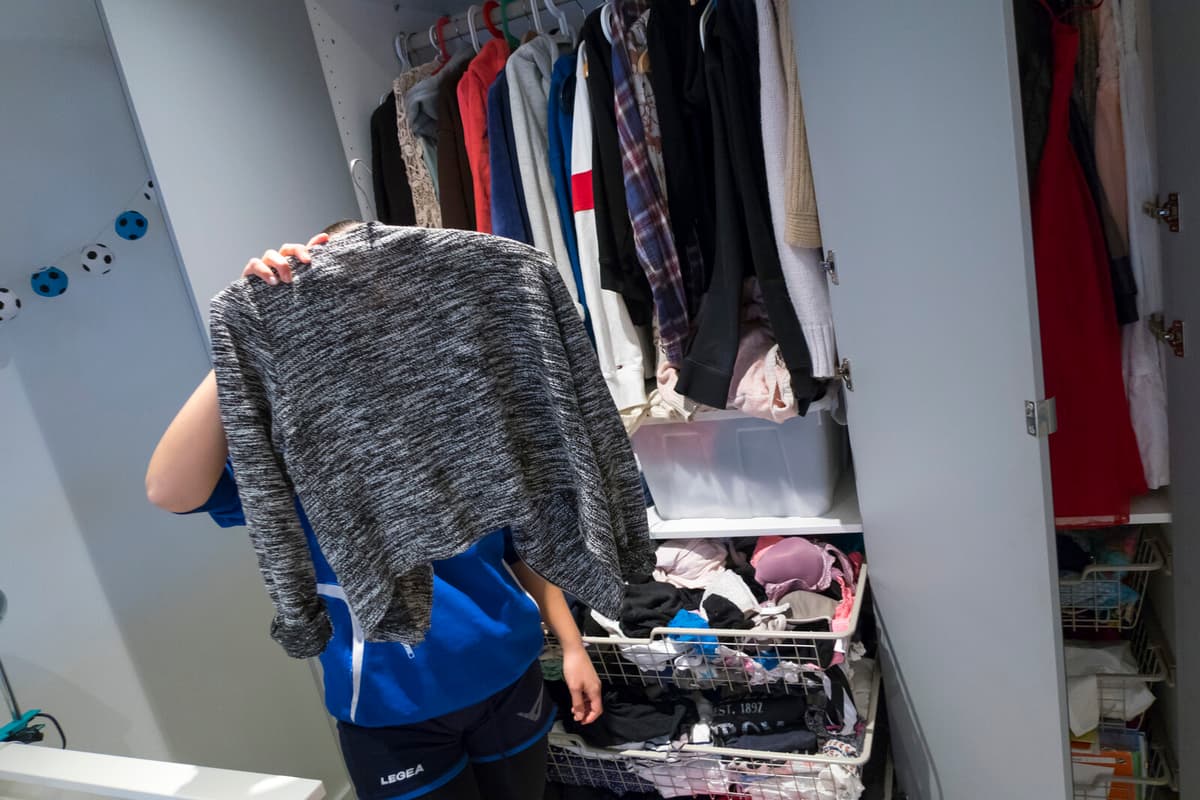Today, many people see the value in second-hand clothes, and the online market for selling them has increased enormously. But how do you know what sells and how do you sell it best?
Think about how much time you want to spend and how much you want to earn. There are actors who do the job for you and platforms where you do everything yourself. Think about what you can handle and want, says Emma Enebog, project leader at the research institute Rise.
The easiest to sell are attractive brands, says Maria Lagerman, a consultant in sustainable fashion.
Well-known brands that are attractive are the easiest and perhaps what you can get the most money for.
Emma Enebog also tips on focusing on well-known, sought-after brands, especially if you're a beginner.
"Fewer but better" is my beginner tip. Take a few, but really good items.
It's also worth thinking about what's in season – thick sweaters and jackets in the fall, thin dresses for the summer.
Maximize Your Chances
Presentation is key. How close to new is the item? Has it been washed? Are there holes, stains, or pilling? The more honest you are, the less risk of someone getting disappointed.
Since we're talking about clothes that have already been worn by someone, maybe several, it's important to talk about the condition, says Maria Lagerman.
Fit and measurements are also information that should be included. Just writing size small or 40 says little about how big the item is, brands can differ greatly.
Pictures play a big role in attracting buyers. Document flaws, photograph labels. Most people don't have a fitting dummy at home, but if you smooth out the garment, it looks nicer on the hanger.
Otherwise, you can lay it on a bed or floor and take a picture from above, suggests Maria Lagerman.
Then you should be a reliable seller. Be nice and answer questions and send quickly, says Emma Enebog.
Get the Job Done
For those who mainly want to declutter and aren't after making as much money as possible, commission is an alternative. If you sell, for example, through Sellpy, they handle valuation, photography, and description, and ensure the buyer gets their item.
You can say that they do the whole job and you pay for it and get less yourself. It takes time, and you might also have to wait a long time before you get a sale, explains Maria Lagerman.
In many apps, you sell at a fixed price or let buyers make price offers. At an auction, the price can skyrocket, but also become lower than you thought. Setting a reserve price or a "buy now" price can be an alternative.
If you're new, maybe you can try a few different sites and see what feels best for yourself, suggests Maria Lagerman.
Social Media
There are also many groups on social media that specialize in specific brands or styles.
It can be good to know that if I happened to buy very expensive shoes that don't fit, there's a place where I can get a good price for them, says Emma Enebog.
She emphasizes the importance of using a platform that feels safe.
The most important thing is that you can ensure the seller or buyer can make a good deal. Then maybe it's wise to choose one of the larger platforms in the beginning.
Maria Wiezell, consumer guide at the Swedish Consumer Agency, says that the most important thing for you as a seller is to know who you're doing business with.
Make sure you have some form of identification, bank-id or another id-solution. Or ask to see identification.
Be Cautious
Many platforms charge a sales fee. Maria Wiezell thinks you should be cautious of those who lure with no fees at all.
What's free always has some catch. It can be that they get your personal information, or that there's no security, that they don't have control over who they let in on their site.
The safest way, she emphasizes, is to meet for a handover and get paid.
Emma Enebog thinks it's important not to focus solely on what you can earn when clearing out your closet, but also to think about charity organizations.
From a sustainable consumption perspective, these stores are super important, also for those who might have a tighter budget. If we want to shop in these stores and have them in our society and do good things, then we must also donate good things.
And maybe even more important – not buying so much new, but shopping more second-hand.
That's what changes our consumption, which is currently unsustainable, and creates a more attractive second-hand market.
The Apps
There are several apps where goods are sold at a fixed price and where you don't pay sales fees. Vinted, Plick, and Tise are some such apps.
Luxury Goods
Vestaire Collective, ReSee, and Affordable Luxury are platforms for exclusive brand goods.
Let Someone Else Do the Job
Just like you can leave clothes for sale on commission in a store, there are platforms, like Sellpy, that do the whole job of valuing, photographing, and describing the goods for the buyer. The seller usually gets a smaller share of the sale price.
Sell at Auction
On an auction site like Tradera, the seller can contribute to driving up the price with good pictures and a selling headline. If you're afraid the final price will be too low, you can choose a reserve price. There's also the option to use "buy now" as an alternative. The sales fee is based on the final price.
Social Media
Marketplace is a buy-and-sell platform for Facebook users. There are also many buy-and-sell groups. From local groups where you sell in your area to special groups for specific brands, children's clothing, or vintage clothing from different periods.
You can also try posting what you want to sell in your own feed. Maybe you have a friend or colleague who wants to buy.





